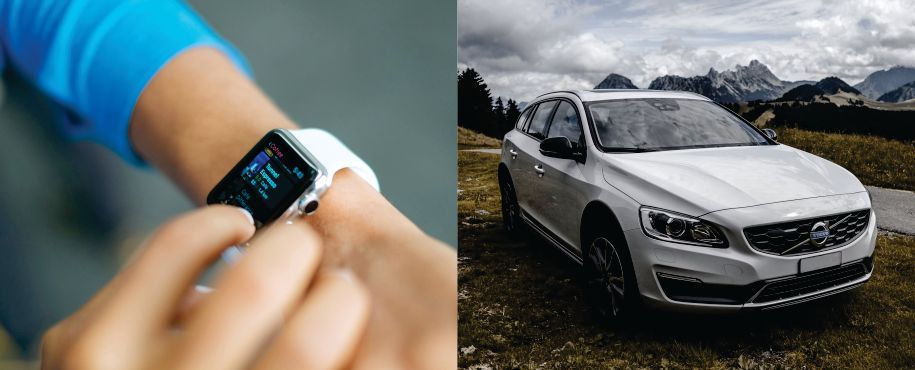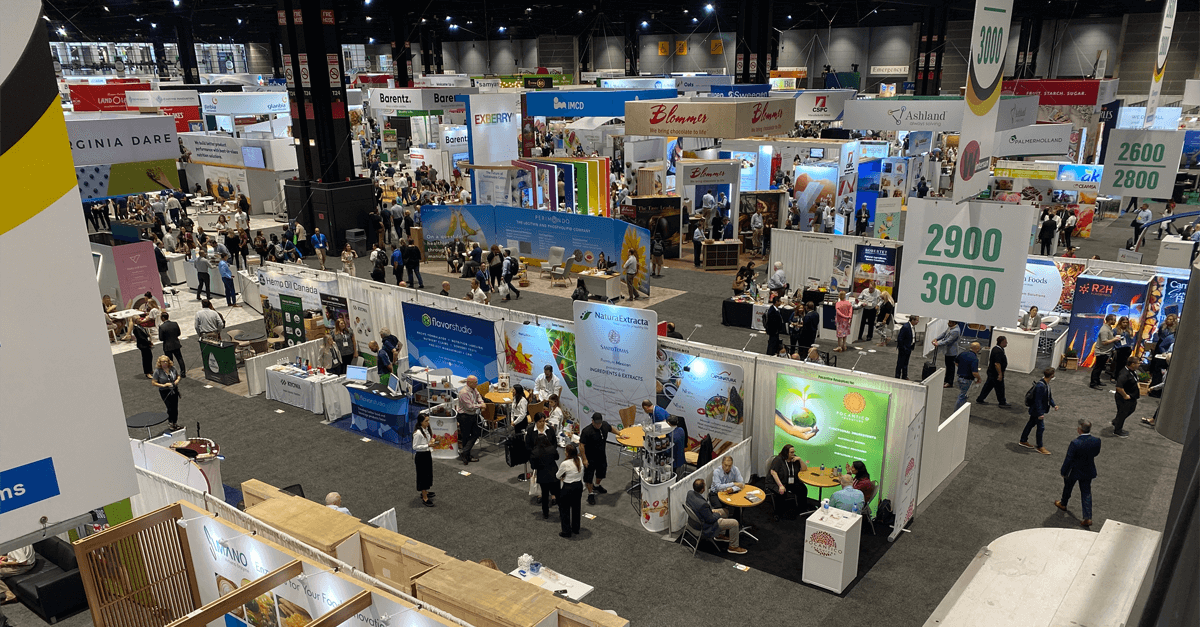We've all had the experience of going to a trade show, expo or event and leaving with an assortment of low-quality merchandise products that, if not for them being free, would never have come into our possession. From the classic stress ball and pen combo to the brightly-coloured silicon wristband, or a totebag that is barely strong enough to hold your newly acquired plastic swag. The sad reality is that most of these items are destined for landfill or the back of a storeroom cupboard, never to see the light of day again. While these types of promotional items may be cheap and fulfil the customary role of branded merchandise, the impression they leave is both lacklustre and short-lived.
It's All About Impressions
When considering branded merchandise, one of the key goals is to get eyes on your brand in the form of impressions. In marketing terms, impressions are a metric of how many times people viewed your ad or brand in a specific scenario. In the case of branded merchandise, the goal is to create subtle, repeated reminders in the form of impressions that build familiarity over time. While impressions may not be the number one factor in driving sales for your business, they lay a solid foundation to raise brand awareness and build trust that will pay dividends down the line.
To get a grasp on how this works, we will need to look at some examples and apply a little bit of basic math to calculate how many impressions were generated in each scenario.
Scenario 1: Branded Aluminium Keep-cup
Applying branding to something like an Aluminium keep cup might range anywhere from $15 - $30 per unit. While this sounds like quite a lot lets do some quick calculations to see how many impressions this might generate.
Let's say our keep-cups cost $20. Because they are made of a long lasting material like metal, they may have a lifespan of say, 3 years. During the 3 years, the keep-cup is used every weekday and is seen by 10 people a day. This amounts to a total of 7800 impressions over the item's lifespan.
260 weekdays a year x 3 Years = 780 days
780 days x 10 people a day = 7800 impressions

Scenario 2: Budget Friendly Tote Bag
Lets say our branded tote bags cost $3 each. While it sounds like a bargain, the cheap price comes with the drawback of poor build quality. Within 2 weeks of regular use the tote bag has come apart at the seams and is destined for the bin. In this hypothetical, lets assume over the 14 day period it was used every day and seen by 20 people each day on average.
14 days x 20 people a day = 280 impressions

To figure out the price of 1 impression we simply take the initial cost and divide it by the number of lifetime impressions.
Given these two scenarios we can see that despite the initial outlay of $20, the keepcup offers a better return-on-investment by a factor of 4! But that is just one area where a higher-quality option may create more value.
Guilty by Association
Beyond the sheer economics of choosing higher-quality merchandise, there are other intangible factors that may be just as, if not more, important. Chief among these is brand association.
To put it in simple terms, brand association is what consumers remember about your brand based on their experiences, emotions, and interactions with it. These associations can be positive or negative and are often formulated unconsciously after repeated exposure to that brand.
For example, people may associate Apple with innovation and style. People may associate Volvo with safety, or depending on someone's individual experiences, they may even associate it with being a bad driver.

Whenever you apply your branding to something and put it out there for the world to see, people will begin to form their own associations with it, whether intentional or not. In the case of merchandise, you have a great opportunity to boost the perceived value of your brand by creating positive associations. This can be done by offering something of higher than expected quality, the bar for which is set quite low in the realm of promotional merchandise.
For example, say you receive a pen of poor quality with a certain brand on it and that pen doesn’t make it through the week due to an ink leakage or the spring busting. Because of this you will quickly form a negative association with that brand, whether conscious or not. Your mind will associate that brand with poor build-quality, or worse yet, the inconvenience and cost of retiring your favourite shirt due to an unexpected ink stain.
On the other hand, if you receive a high-quality, aluminium keep-cup that you take to your local cafe to use on a daily basis, you will come to form the positive associations of dependability, comfort, warmth and energy with that brand. While these associations may not share any specific connection to the logo or brand on the keep-cup, it's been proven that we form these unconscious connections in our mind from these types of experiences. This is especially true when these experiences are repeated on a somewhat regular basis.
Other Considerations
While looking for higher-quality promotional items with staying power, you also want to consider a few other things. Firstly is the merchandise option actually useful to the user?
To gain impressions, the item must be useful enough to see regular use and to get in front of as many eyes as possible. This is why things like stationery and bags are the classic, go-to options. Think about who will be receiving your merch and what the average day-in-the-life looks like to guide your decisions around this.
The second crucial consideration comes down to style. If your target audience is largely male for example, a dainty pink keychain may miss the mark, whereas a chrome metal bottle opener may be more appropriate and see more regular use. The more that the item aligns with an individuals identity and perception of self, the more likely they are to incorporate that item into their life, inadvertently boosting the reach of your brand.
Need Some Guidance?
Promotional merchandise can be used in a wide variety of ways and scenarios. There may be circumstances where the budget-friendly option simply makes sense but before calling it a day and settling on the easy, cheap option, consider the factors mentioned in this post. Remember, the goal is to reach as many people as you can and to present your brand in the best possible light.
If you are struggling to find the right option for you or need some guidance on choosing the perfect merch for you brand don’t hesitate to get in touch with our friendly Sales Team here at Capital Prints.
Originally published by Riley Dromgold (Capital Prints).



Share:
Finding the Perfect Fit for Your Team and Your Brand